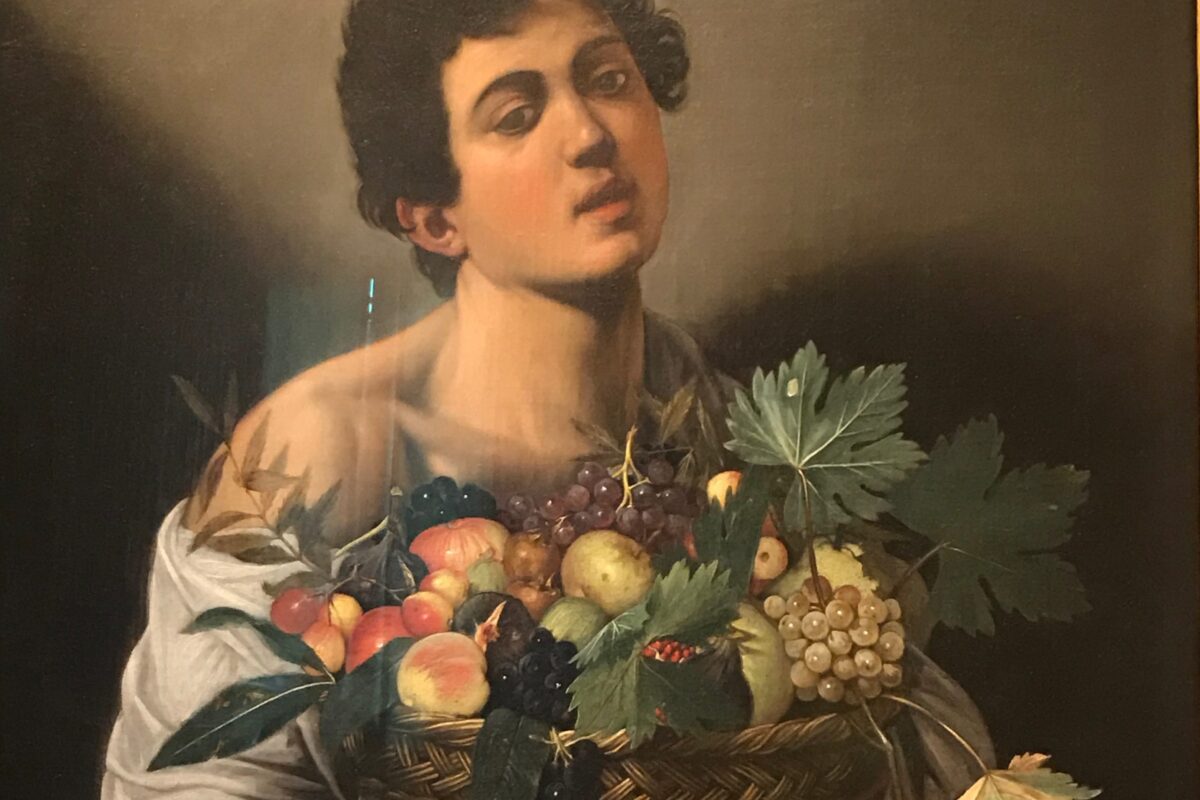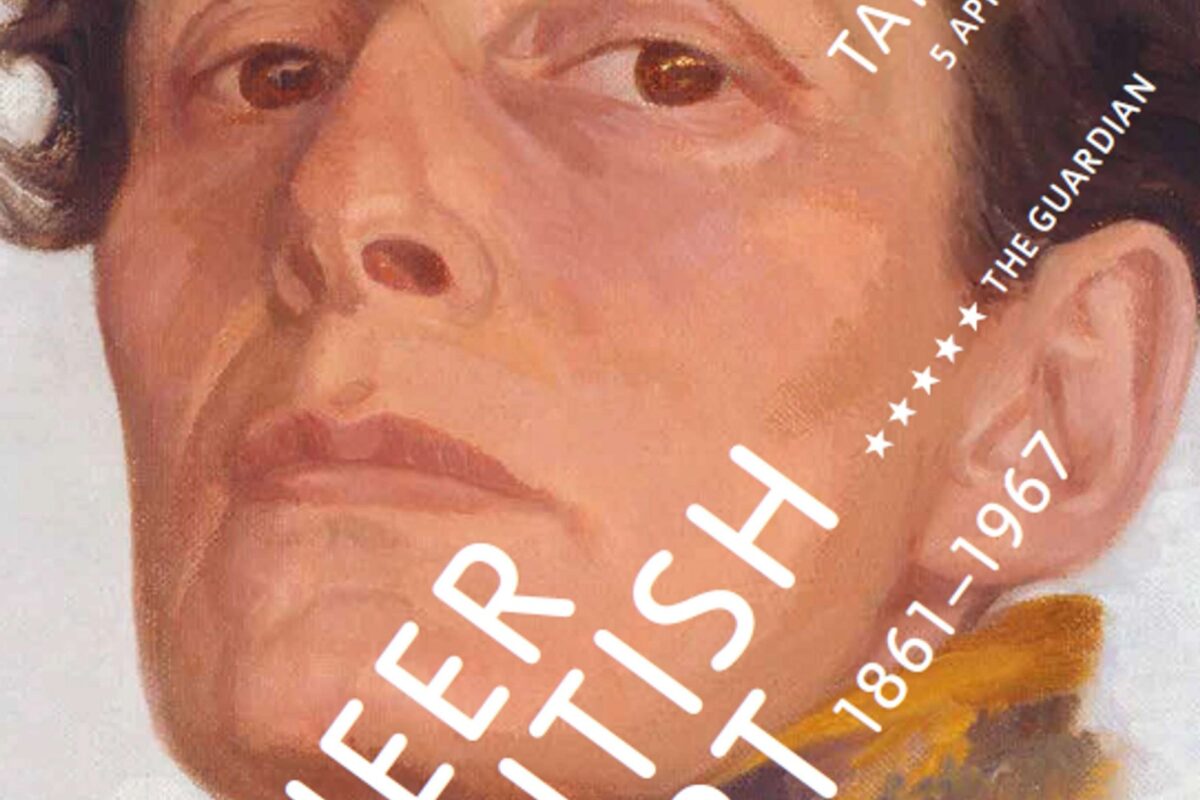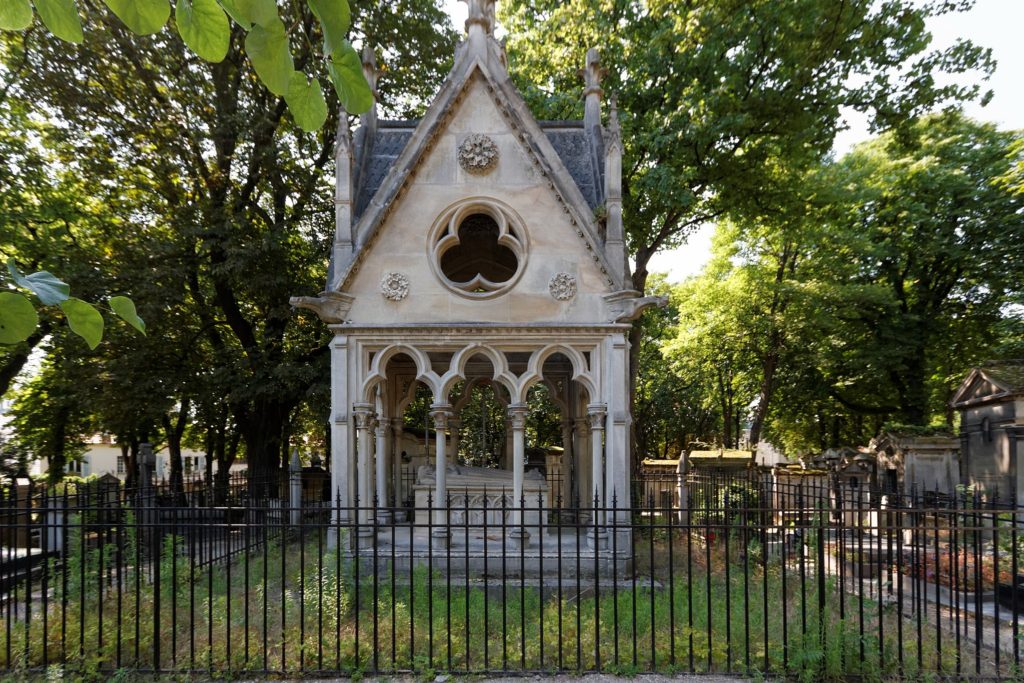At the end of this very real annus terribilis, I want to say a few words to you, our loyal readers and attendees. Above all, thanks! Thanks for keeping Oscar Wilde Tours alive by reading our blog, attending our Zoom tours, watching our YouTube videos, contributing to our fundraisers—in short, for being a fabulously loyal community. When the pandemic hit the US, in March, it seemed likely to kill the company completely. Who would have thought that 9 months later, as the pandemic continued to rage, we would be putting on our 28th Zoom tour, with audiences regularly over 100, and have gathered over 28,000 views for our videos? It’s been a hard year, but ours is a tiny, flourishing corner. And we have a lot more coming after the holidays! Want to find out more?
Queer British Art
In a little over 100 years, between 1861 and 1967, Britain went from punishing male homosexuality with the death penalty to decriminalisation across the vast majority of the country. That may seem like a glacial pace but when we consider the World Health Organisation didn’t officially declassify homosexuality as a mental disorder until 1992, the UK seems ahead of its time. One of the easiest ways to trace the societal and legal shift in attitudes towards sexuality that took place in the UK at this time is to look at the artistic output of the nation. To see how British society went from treating artists like Oscar Wilde and Simeon Solomon as criminals, whose careers were both ruined by ‘gross indecency’ trials, to accepting and embracing artists like David Hockney and Francis Bacon as national heroes is a fascinating journey, and one on which we can all travel thanks to the work of the Tate gallery in London.
Paris’s richest LGBTQ history site is a cemetery!
The founders of Père Lachaise started this off by moving some famous tombs to the new cemetery. You see one of them above. This is the tomb of the iconic romantic couple of the Middle Ages, the theologian Abélard and his abbess wife Héloïse. This idea worked out well. Père Lachaise is in fact a hugely popular tourist destination—the most visited cemetery in the world. And the attraction is its famous ‘residents’, including such luminaries as Chopin, Rossini, and Jim Morrison. LGBTQ celebrities are particularly prominent. Oscar Wilde’s tomb is the most visited in the cemetery, and other famous residents from Paris’s LGBTQ history include Marcel Proust, Gertrude Stein, and Colette.
Gay History of England, Sights to See
England is a great country for the traveler interested in gay history and culture. London is one of the great gay cities, and there are also places of gay historical interest spread around the country, from Sissinghurst in the south to Castle Howard in the north. The great thing about the gay history of England is that there are a number of famous and relatively well-documented people in English history who loved people of their own sex. These include at least one king, James I, a number of aristocrats of note, and many authors, such as Shakespeare, Oscar Wilde, and Virginia Woolf.









